French Tulle Netting
seysonn
10 years ago
Related Stories
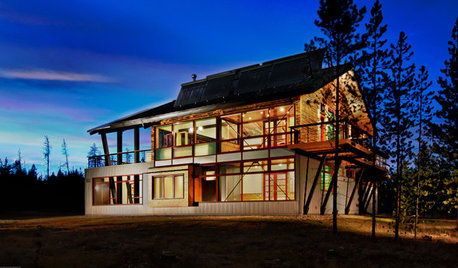
GREEN BUILDINGZero Net Energy: A Hardworking-House Term to Know
Homes that consume only as much energy as they produce by renewable means are a goal for builders. Learn what ZNE means for you
Full Story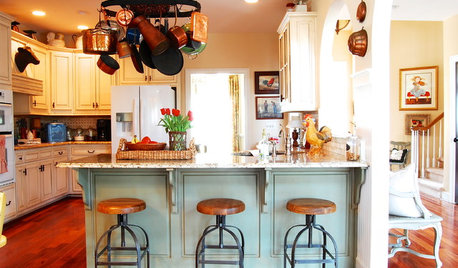
HOUZZ TOURSMy Houzz: French Country Meets Southern Farmhouse Style in Georgia
Industrious DIYers use antique furniture, collections and warm colors to cozy up their traditional home
Full Story
HOUZZ TOURSMy Houzz: Ample French Country Style Belies a Strict Budget in Dallas
European cottages inspire a Texas home brimming with family heirlooms and flea market treasures
Full Story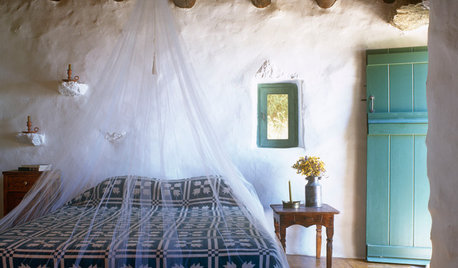
DECORATING GUIDESEvoke a Tropical Fantasy the Inexpensive, Easy Way
Gossamer light and dreamily romantic, mosquito netting adds a dose of tropical allure at a down-home price
Full Story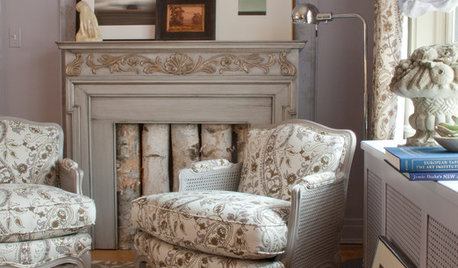
FURNITUREMust-Know Furniture: Bergères and Fauteuils
These two classic French chairs are frequently misidentified. Big on comfort and easy on the eye, they are worth learning about
Full Story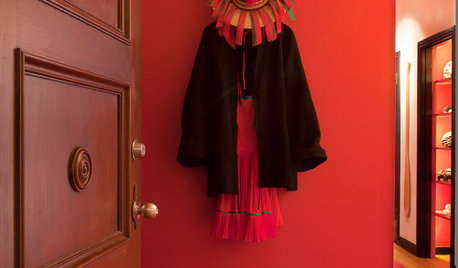
DECORATING GUIDESMy Houzz: Walls and Shelves Are This Collector's Colorful Canvas
French flea market finds, antique toys, folk art and family keepsakes all have a place in this creative consultant's San Francisco apartment
Full Story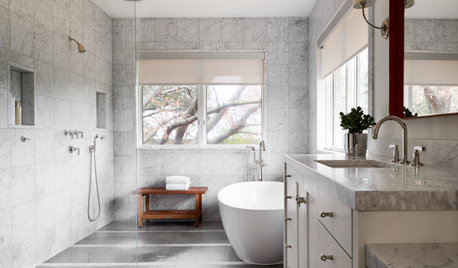
BATHROOM DESIGNDoorless Showers Open a World of Possibilities
Universal design and an open bathroom feel are just two benefits. Here’s how to make the most of these design darlings
Full Story
SELLING YOUR HOUSE10 Ways to Boost Your Home's Resale Value
Figure out which renovations will pay off, and you'll have more money in your pocket when that 'Sold' sign is hung
Full Story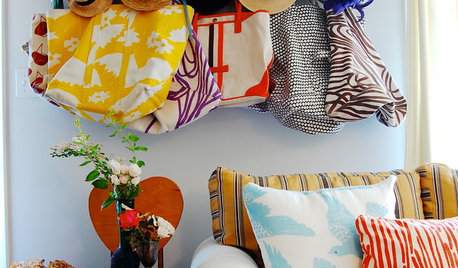
LIVING ROOMS10 Ways to Get Your Living Room in the Summer Spirit
Live easy with beachy accents, casual furnishings and cool drinks at the ready
Full Story
HOUZZ TOURSMy Houzz: A Private Library Becomes a Functional Family Home
Renovations in a Brooklyn brownstone preserve historical details with modern flair
Full Story





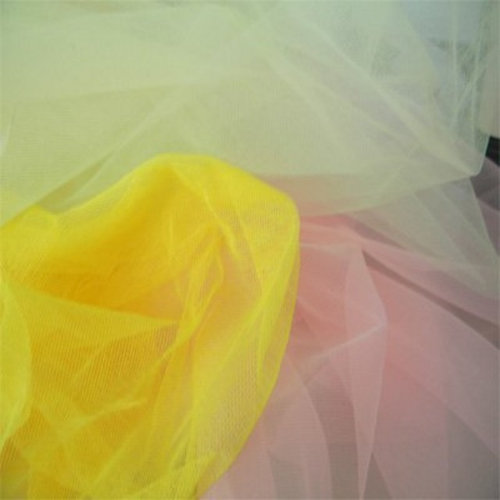
User
edweather USDA 9a, HZ 9, Sunset 28
Related Professionals
Derry Landscape Architects & Landscape Designers · Windham Landscape Architects & Landscape Designers · Aurora Landscape Contractors · Desert Hot Springs Landscape Contractors · Farmington Landscape Contractors · Inglewood Landscape Contractors · Palos Verdes Estates Landscape Contractors · Shoreview Landscape Contractors · St. Louis Landscape Contractors · University City Landscape Contractors · Vallejo Landscape Contractors · Washington Landscape Contractors · Shenandoah Landscape Contractors · Shafter Landscape Contractors · Park Ridge Driveway Installation & MaintenanceIAmSupernova
another_buffalo
Ernie
kathyb912_in (5a/5b, Central IN)
mckenziek
daninthedirt (USDA 9a, HZ9, CentTX, Sunset z30, Cfa)
pennypond USDA 10 Sunset 21 CA
noinwi
User
seysonnOriginal Author
Athenian
SoTX
Athenian
bcskye
bcskye
daninthedirt (USDA 9a, HZ9, CentTX, Sunset z30, Cfa)
dancinglemons
daninthedirt (USDA 9a, HZ9, CentTX, Sunset z30, Cfa)
sdefr
seysonnOriginal Author
galinas
tigrikt (Central NJ/6b)
zeedman Zone 5 Wisconsin